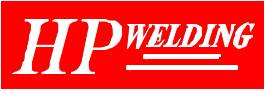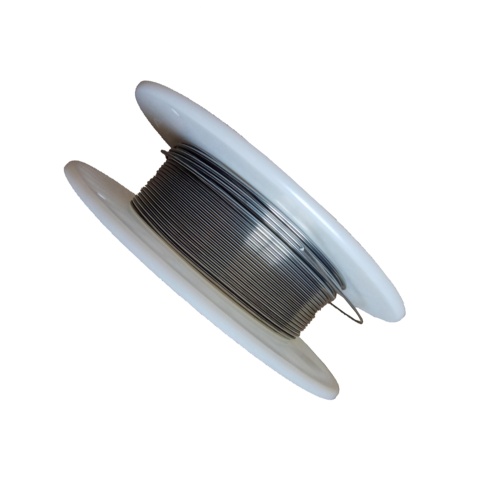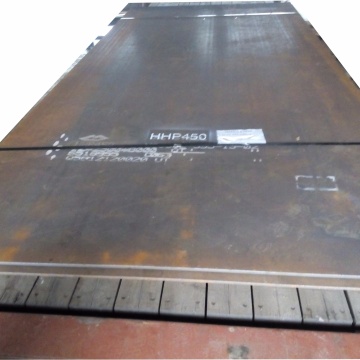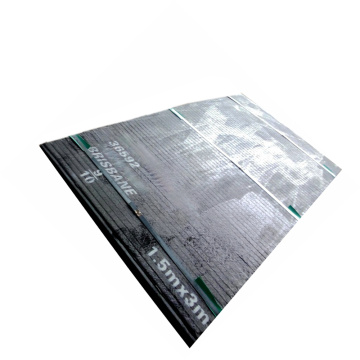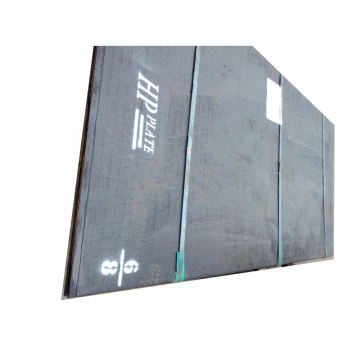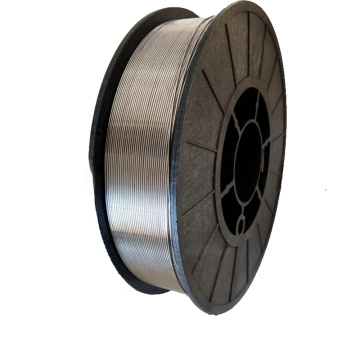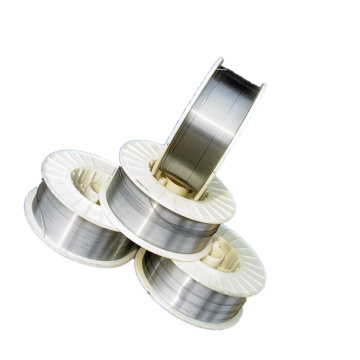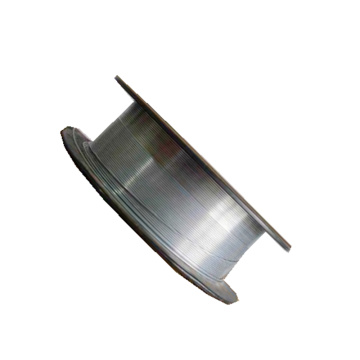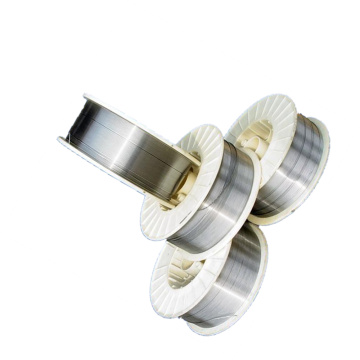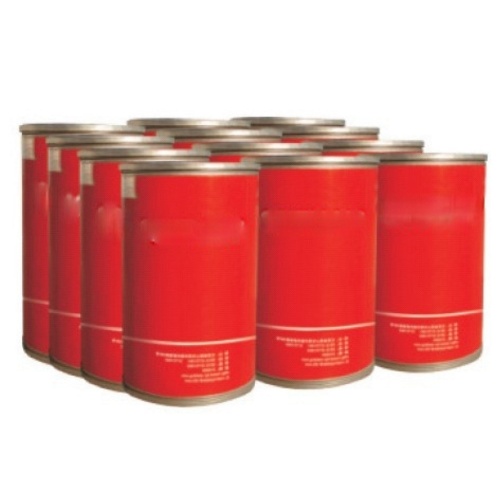
Stoody Hardfacing Chromium Flux Cored Wire
- Min. Order:
- 100 Kilogram
- Min. Order:
- 100 Kilogram
- Transportation:
- Ocean, Land, Air
- Port:
- Shanghai, Qingdao, Shenzhen
Your message must be between 20 to 2000 characters
Contact Now| Place of Origin: | China |
|---|---|
| Productivity: | 500 tons per year |
| Supply Ability: | 10 tons per day |
| Payment Type: | L/C,T/T,D/P,Paypal |
| Incoterm: | FOB,CFR,CIF,EXW,FCA,CPT,CIP,DDP,DDU |
| Certificate: | ISO9001: 2015 |
| HS Code: | 8311200000 |
| Transportation: | Ocean,Land,Air |
| Port: | Shanghai,Qingdao,Shenzhen |
Stoody Hardfacing Chromium Flux Cored Wire
Chromium Flux Core Welding Wire produces chromium-rich primary carbides in a carbide-martensite eutectic matrix. Offering increased abrasion resistance over traditional chromium carbide formulation.
This Wear Solution Welding Wire performs exceptionally well in both fine and coarse abrasion providing armoured protection of components subject to severe abrasion and moderate impact. The Flux Cored Welding Wire works well as Welding Recondition Wires for the following applications
Sugar mill crusher & hammers, coal pulveriser mill rolls & tables, agricultural tillage points, mining equipment, earthmoving equipment, (bucket lips, rippers), brick industry components, pump impellers, augers, slurry pipework cladding, wear plate cladding. Post weld relief checking is normal. Best limited to two (2) layers maximum.
Gas shielding is not required, torch electrode positive polarity (DCEP). HP Wear Resistant Group produce Vautid Welding Wires in the joint venture factory in China.
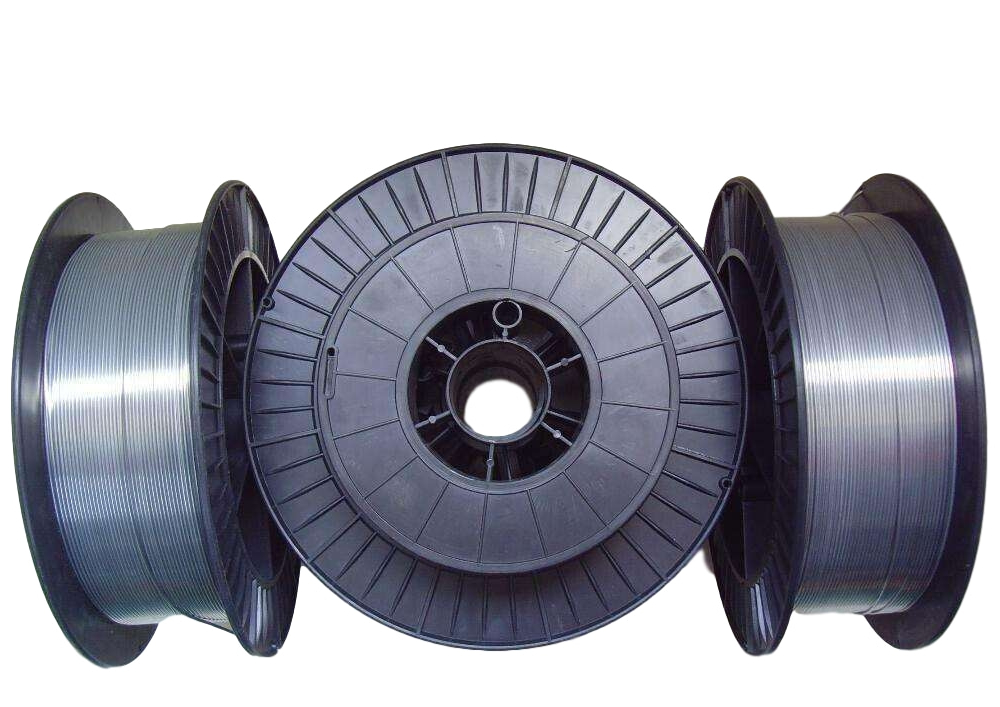
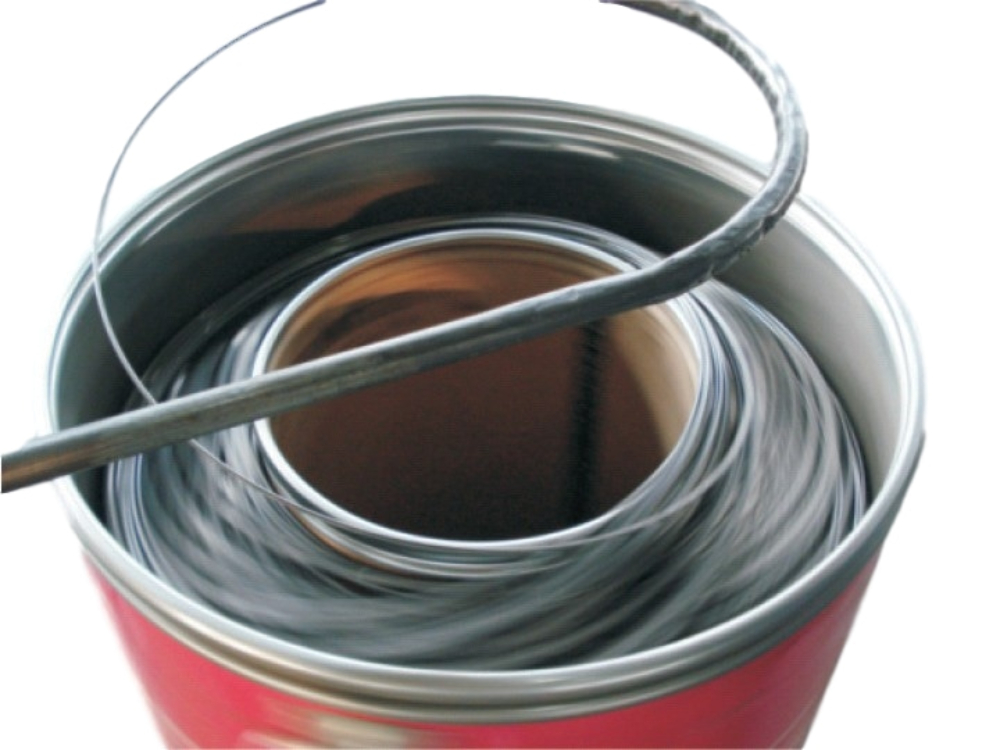
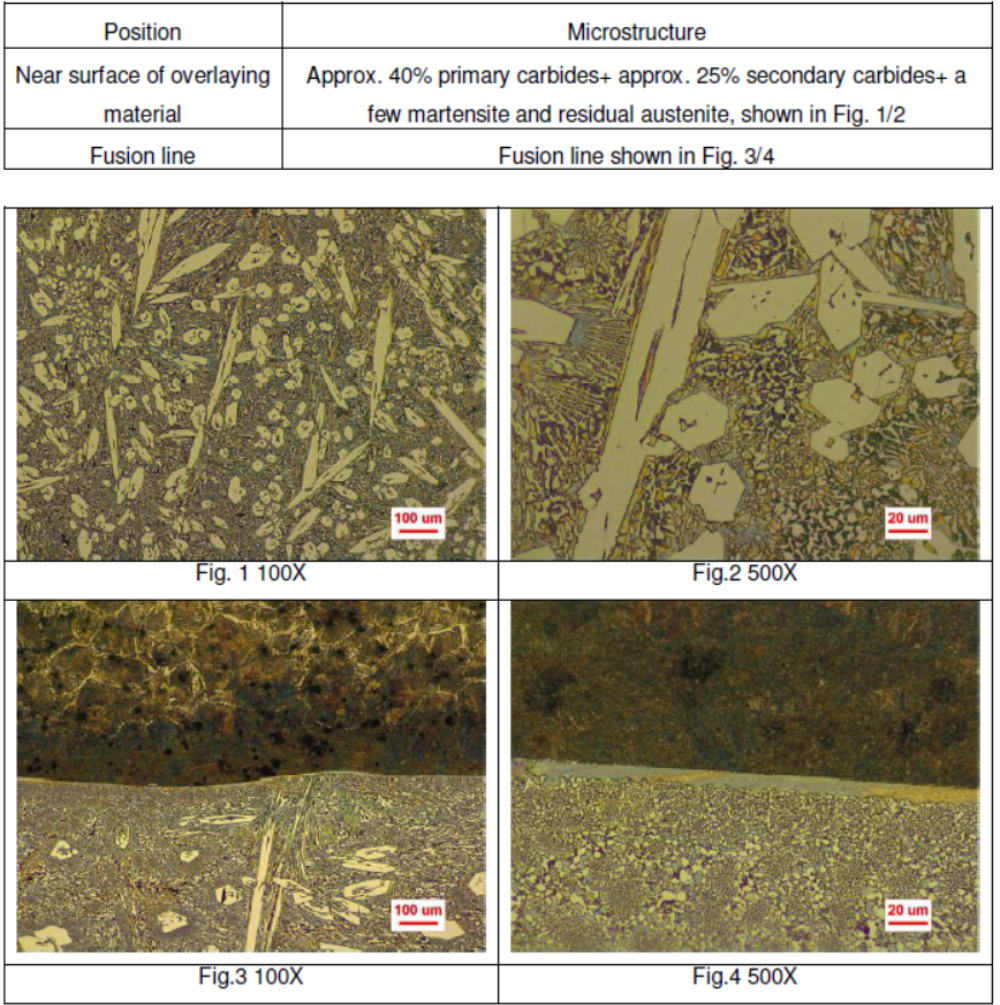
Standard Specifications of HP Wear Plate by HP welding wire:
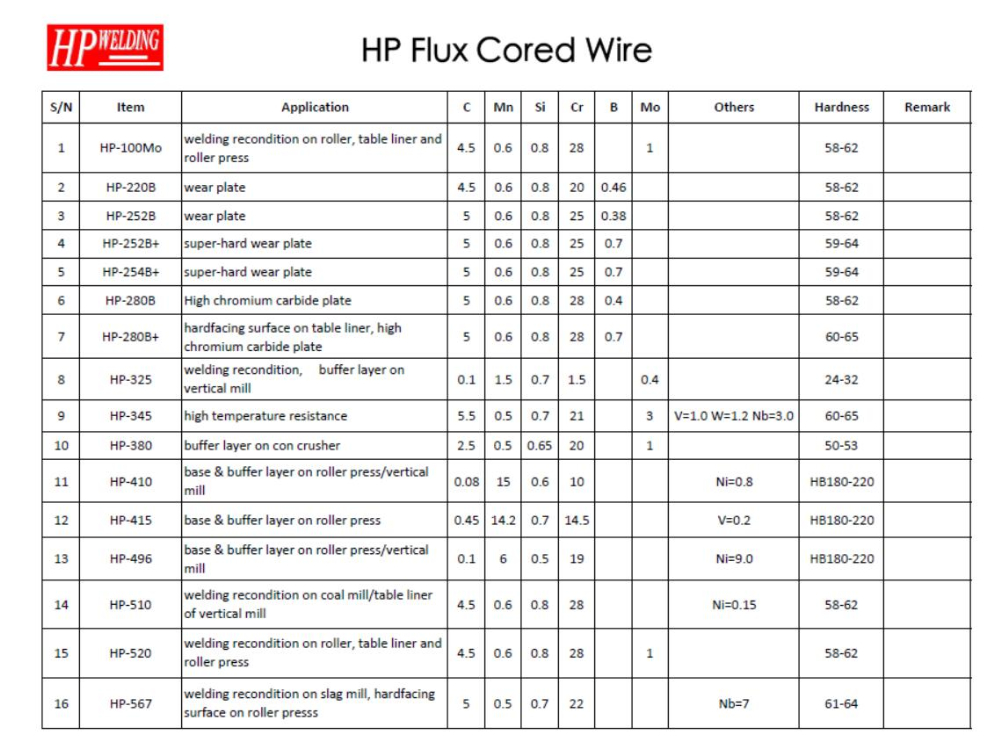 Packing & Delivery Of Flux Cored Wires
Packing & Delivery Of Flux Cored Wires
Packing Way: Opt.1_5kg By Reel, Opt.2_ 250kg By Drum
Delivery Time: 20 days after order confirmation
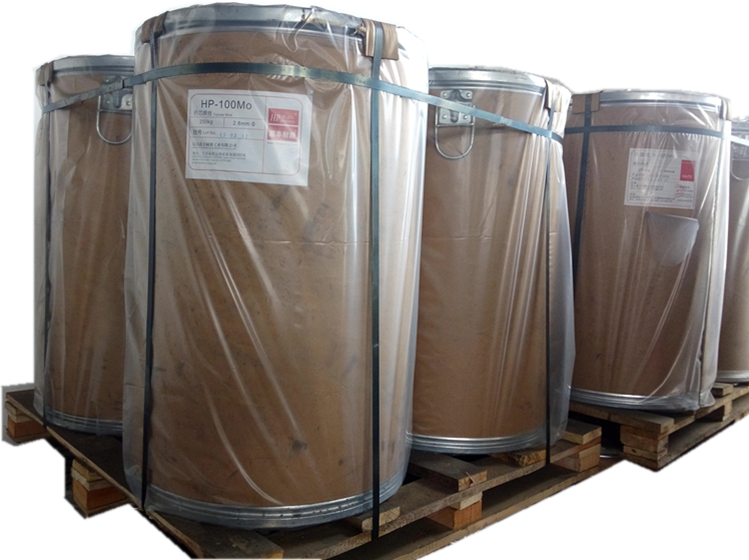
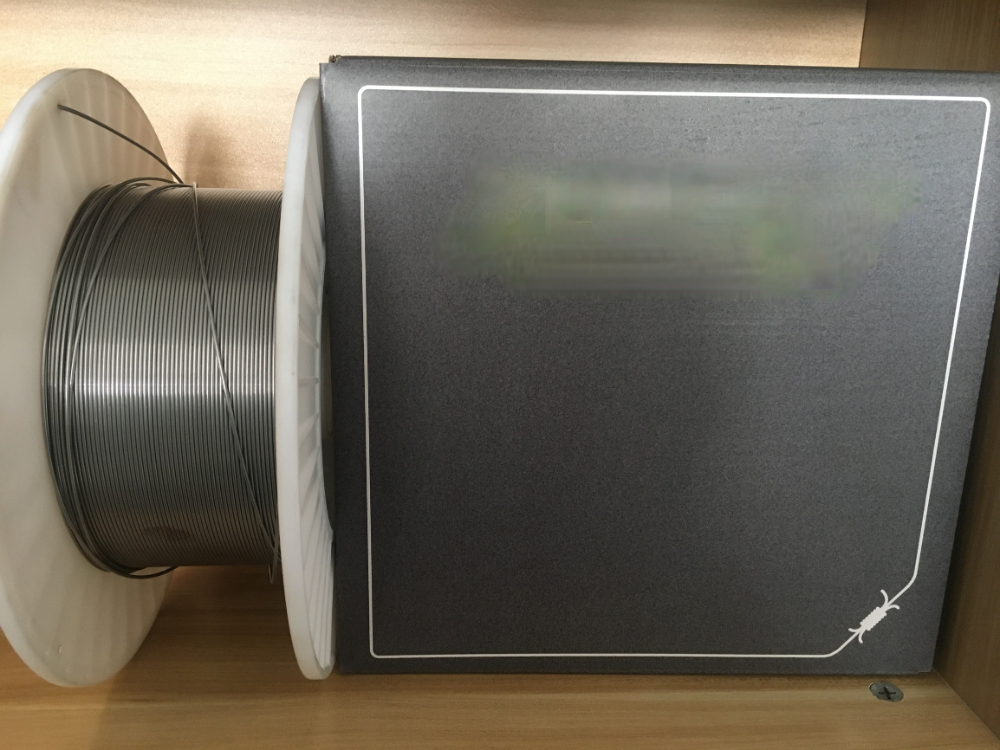
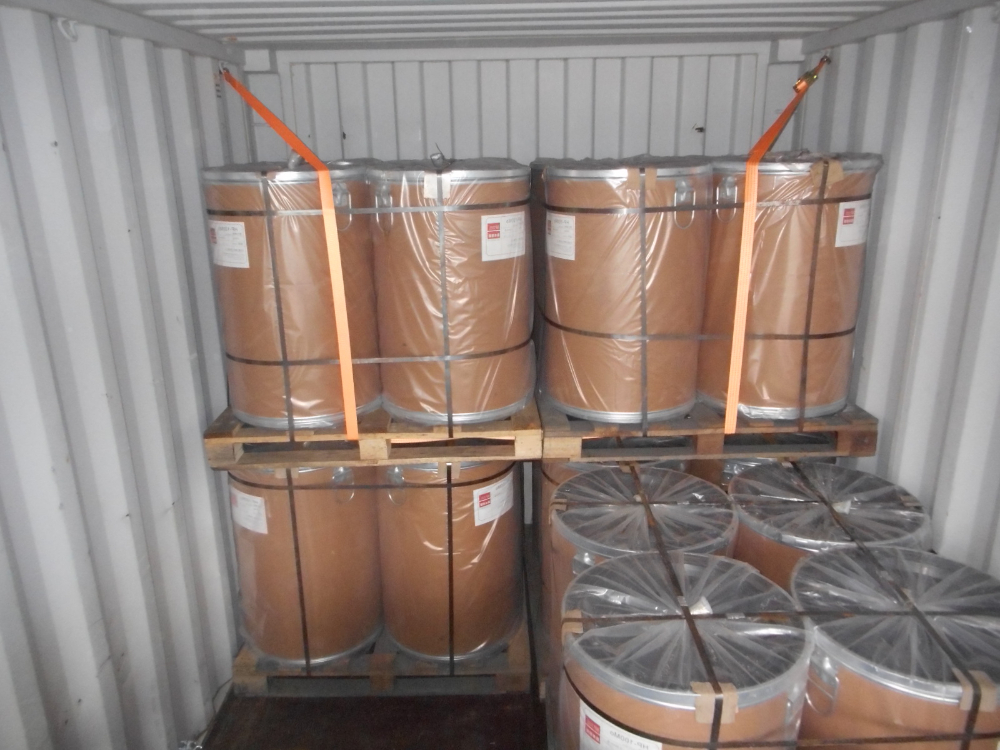
Micro Structure On Welding Deposite
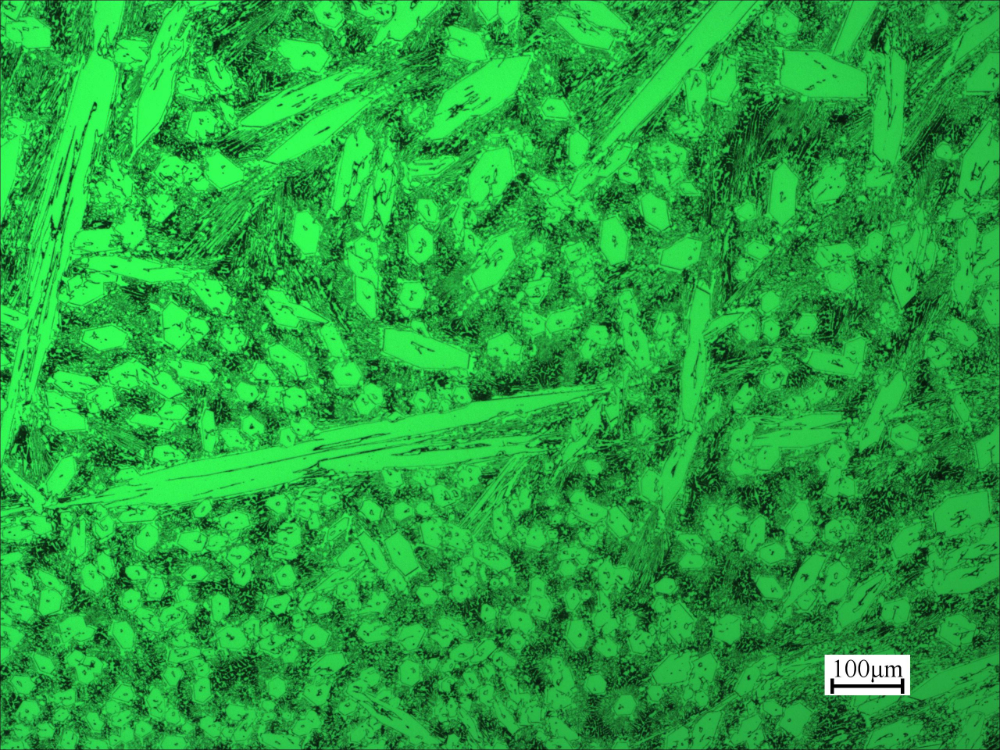
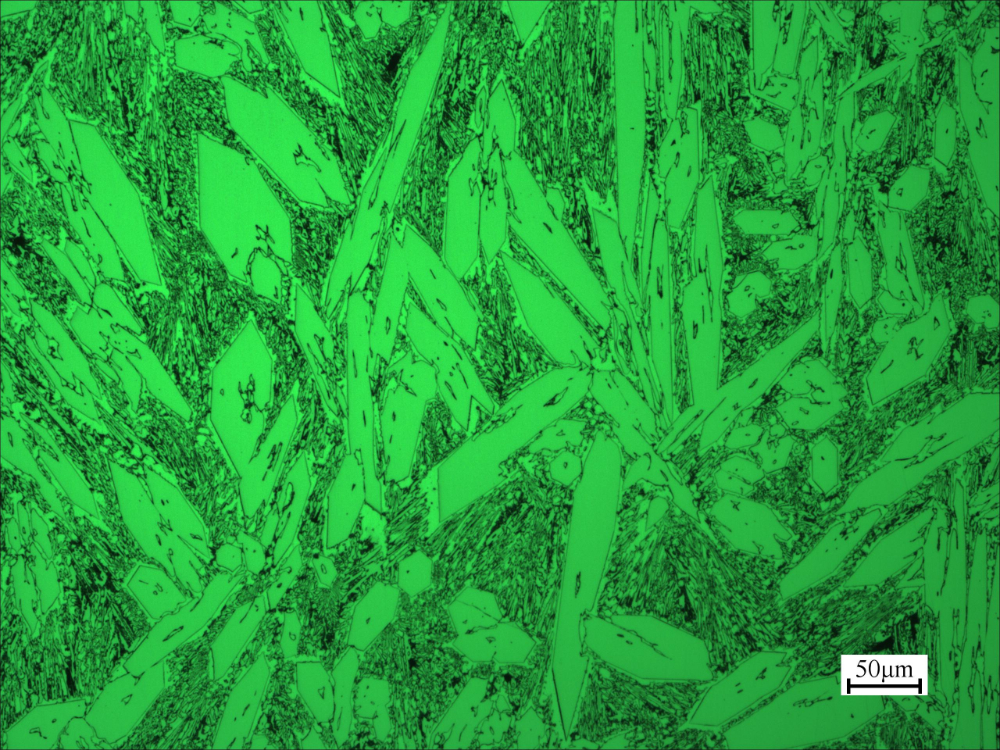
Company Information
HP Wear Resistanat Group was founded in 1994, as the former Taiwan's Upking-Kurimoto Ltd., led by president Mr. Zhang Kun-Mou, using the world-famous Japanese KURIMOTO hardfacing welding patented technology & welding materials produced by Vautid GmbH. HP Group has become the most experienced expert specializing in production and sales of wear resistant products.
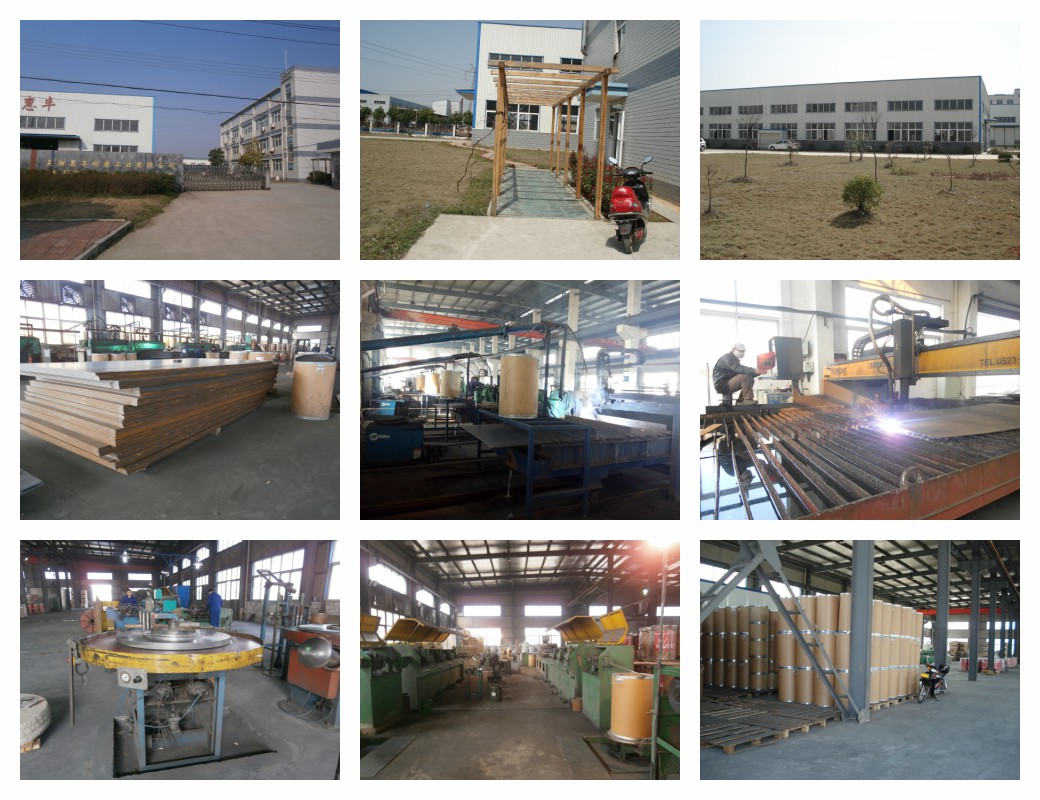
Test Facilities On Welding Wires

Company ISO Certificates:
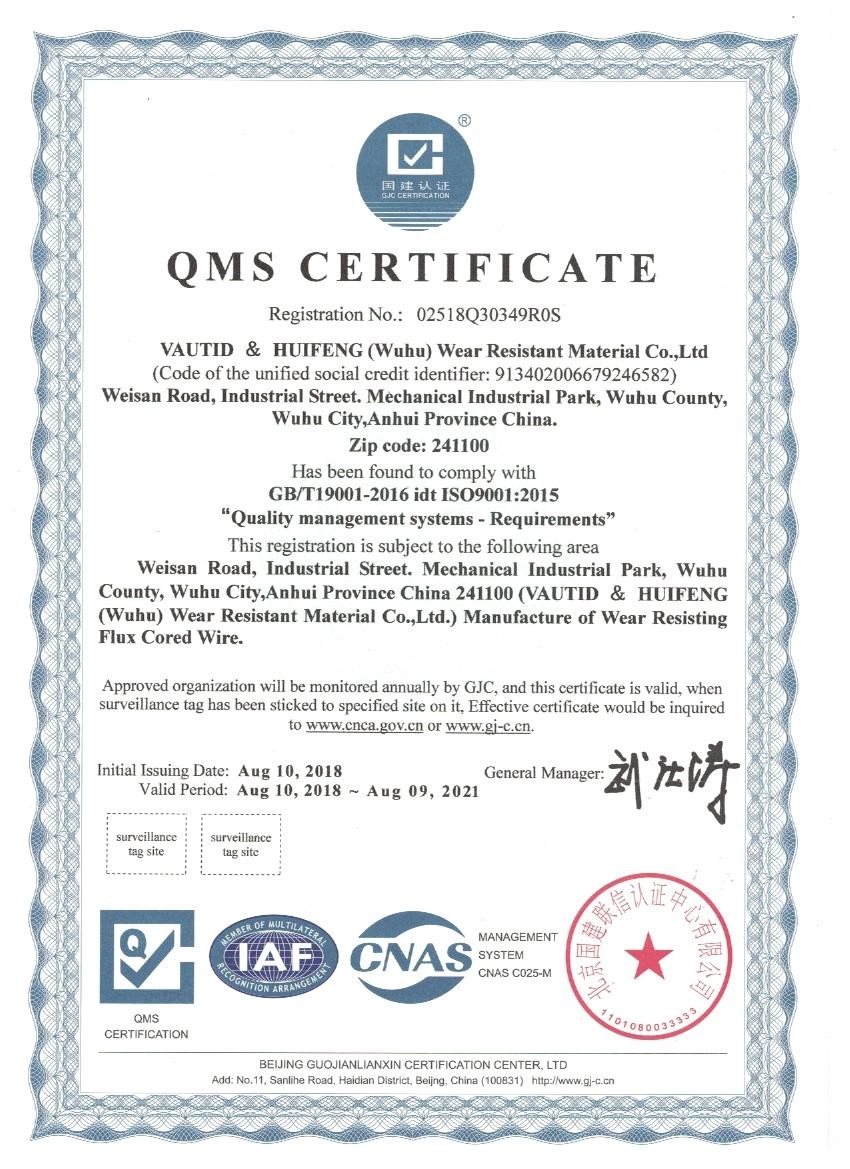
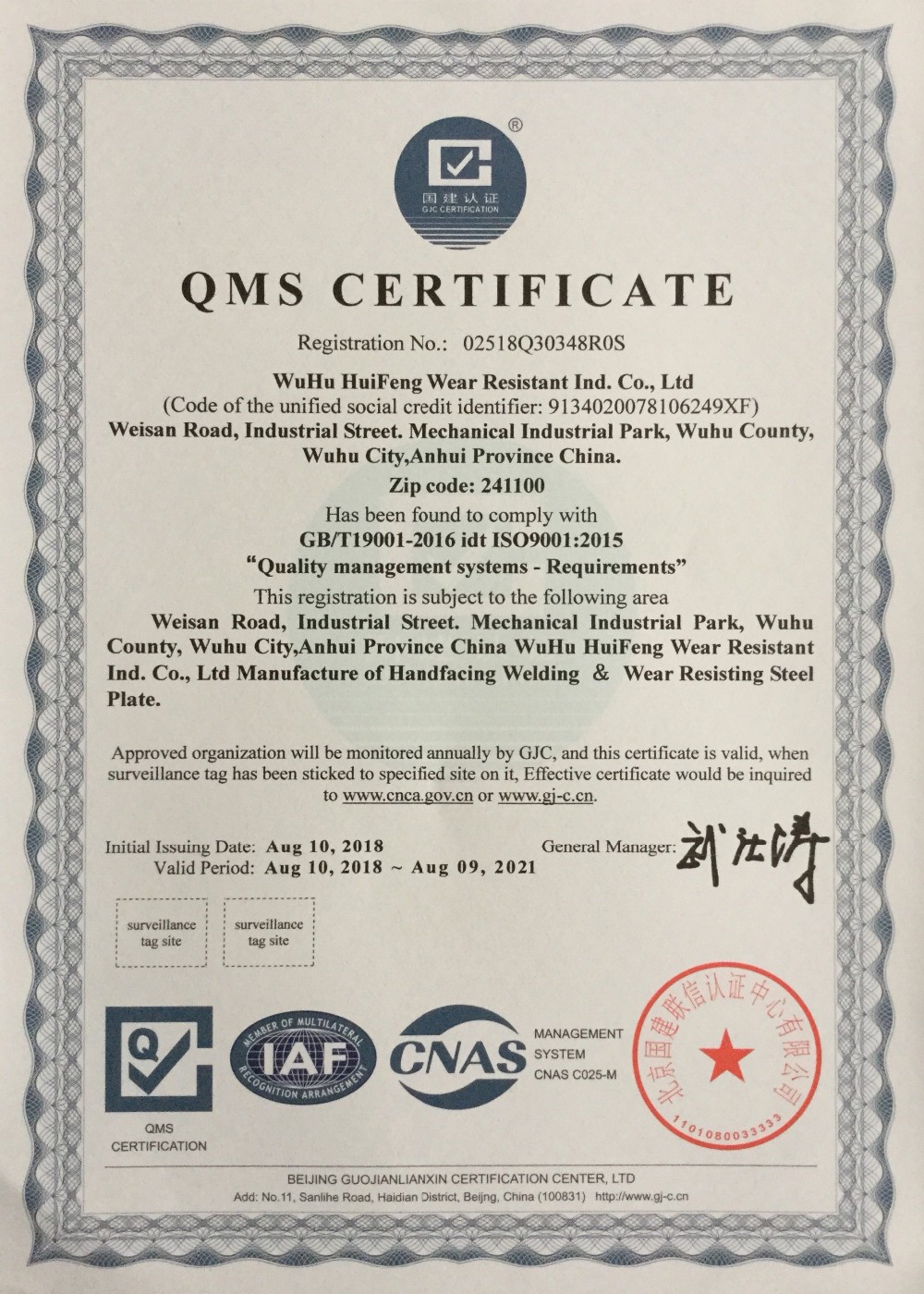
FAQ On HP Wear Products
Question: Can I cut or drill a hole in an HP overlay plate?
Answer: No. The chromium-carbide layer is not drillable or machineable. When necessary, you may be able to cut it with plasma, waterjet, or arc-gouging.
Question: What are the most popular applications with hardfacing products?
Answer: The typical applications include Mining Site, Steel Mill, Cement Industry, Power Generation, Glass Industry, Construction, Dredging, Oilsand, etc where need to fight with abrasion and impact.
Related Keywords

